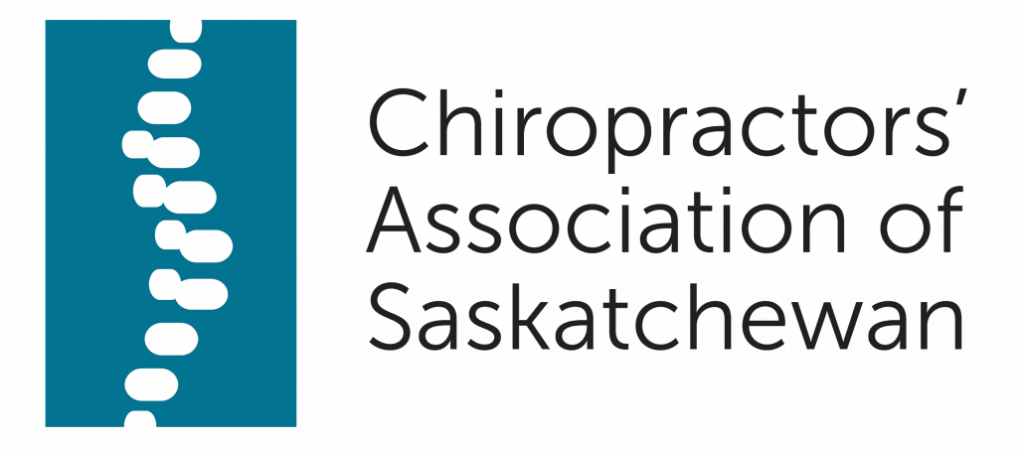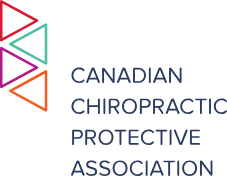Today’s graduating Doctors of Chiropractic have studied and trained in a college or university for at least seven years. Just like medical or dental students, they must first complete undergraduate study before applying for admission to a chiropractic college. Chiropractic college requires a minimum of 4,200 hours of intense specialized training including classroom instruction, clinical science and internship.
If pain causes interruptions and restrictions in the activities of your daily life, then you should consult a Chiropractor. For example: work, accidents, sports injuries, household chores, even the stress of daily living can cause painful joint and spinal problems.
No, you do not need a referral. Chiropractors are legislated as primary care professionals in Canada. This means you can consult with them directly. If required, a Chiropractor can provide you direct referrals to other medical specialists and vice versa.
There are many ways to find a chiropractor. The most common is referrals from friends, family and co-workers. Another source is the “Find a Chiropractor” at the bottom of this page.
A visit to the chiropractor begins when you walk through the clinic door and are greeted by the front desk staff. Visits are very similar to what you might expect at any health clinic.
- Information
Your information is gathered including your personal contact information plus a health history form(s) and details about your health complaint – What brought you to the Chiropractor today? - Case History
Your chiropractor will greet you, review your paperwork, and conduct a detailed history to better understand your condition and history. - Physical Examination
An exam concentrating around your area of complaint is conducted which may include some physical tests such as range of motion tests, muscle strength tests, reflex testing and joint and muscle palpation. An x-ray or other diagnostic imaging may be recommended in some cases. - Diagnosis
Discussing the exam and health history will provide insight to as to what is the root cause of the problem. The goal is to treat the problem, not just the symptoms. The chiropractor will provide you with a diagnosis and treatment plan. In some cases, co-management with other health care providers / medical specialists may be in your best interest and referrals will be made when appropriate. - Informed Consent
Informed consent is about ensuring you are clear as to the diagnosis, treatment options, and anticipated outcomes of the treatment. - Treatment
A treatment plan specifically designed to treat your complaint(s) and help you achieve your goal(s) is proposed and discussed. Once you understand your treatment plan and feel comfortable moving forward, your Chiropractor will perform the treatment, which may consist of a chiropractic adjustment and/or joint mobilizations, therapeutic exercises / rehabilitation, soft tissue therapy and education about your complaint so you feel confident in your recovery. - Prevention
How did you end up in this situation? Your doctor will help you identify the cause of your condition, and recommend exercises and lifestyle advice to accompany your treatment plan. The goal is to get you well and keep you well.
An adjustment is a highly skilled and precise movement usually applied by a hand to a joint of the body. Adjustments help alleviate pain and restore proper movement and mobility of the joint. Commonly, patients experience relief immediately after treatment. Some patients may experience a temporary discomfort or stiffness, which is typically minor and short-lived.
Chiropractic is a process, not an event. Treatment for each person is determined based on your individual pain and mobility challenges. Some patients feel better after one treatment, but most require a structured treatment plan that gets to the root of the problem to resolve your issues.
Like medicine and dentistry, chiropractic is a self-regulating profession. Each provincial chiropractic regulatory body has the authority to grant a license to practice chiropractic. In all provinces, licensure requirements include university studies followed by graduation from an accredited chiropractic institution, and passing national and provincial board examinations.
Chiropractors are highly educated and regulated doctors who can help their patients feel better with a hands on approach to pain relief and mobility restoration, in turn helping you lead a healthier, more active life. A Chiropractor’s goal is to treat the problem and not just the symptoms. This typically can be achieved without the use of medication and/or surgery.
As spine, muscle, and nervous system experts, chiropractors provide qualified, effective treatment to promote health, alleviate pain and improve your quality of life.
Chiropractors are doctors who advocate on behalf of their patients. We listen, observe and treat. We are an essential part of the health care system. Chiropractors have the ability to order diagnostic images including x-rays and ultrasounds, diagnose a condition, treat, and refer patients to other professionals including medical specialists.
Chiropractors focus on your musculoskeletal (MSK) system and treat the bones, muscles, cartilage, tendons, ligaments, joints and connective tissues that you use every day.
- Low back pain
- Neck pain
- Headaches including migraines
- Whiplash associated challenges
- Shoulder, elbow, wrist and hand pain
- Knee, ankle and foot pain
- Repetitive strain injuries
- Vertigo
- Concussion
- TMJ (jaw) pain
- Arthritis
- Work, motor vehicle, and sports-related injuries
- Mechanical disorders and restoration of function
- Also a number of special populations including athletes, pregnant women, seniors, workers and families.
Chiropractors make a tangible difference in people’s lives by helping them restore mobility and giving them back the ability to do the simple things that once were hindered by pain. (e.g. putting on your socks, picking up children, walking, doing up a seatbelt, picking up something off of the floor)
Chiropractic care can:
• Provide relief from headaches
• Provide relief from neck and back pain
• Improve movement and function in your neck, shoulders, back, torso and extremities
• Improve your posture
• Improve range of motion and flexibility
• Correct gait and foot problems
• Lead to enhanced athletic performance



